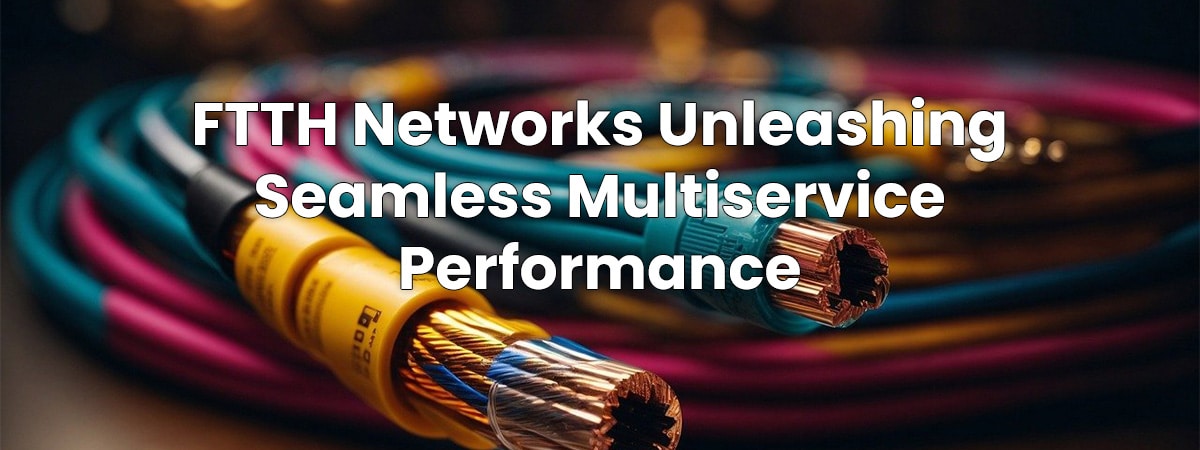In today’s digital age, the demand for high-speed internet, television, and telephone services has become an integral part of our daily lives. Fiber-to-the-Home (FTTH) networks have emerged as the gold standard in telecommunications, offering the unique ability to support multiple services simultaneously without compromising overall performance. In this article, we’ll explore the remarkable capabilities of FTTH networks, demonstrating how they seamlessly deliver internet, television, and telephone services to meet the diverse needs of consumers.
The Power of FTTH Networks
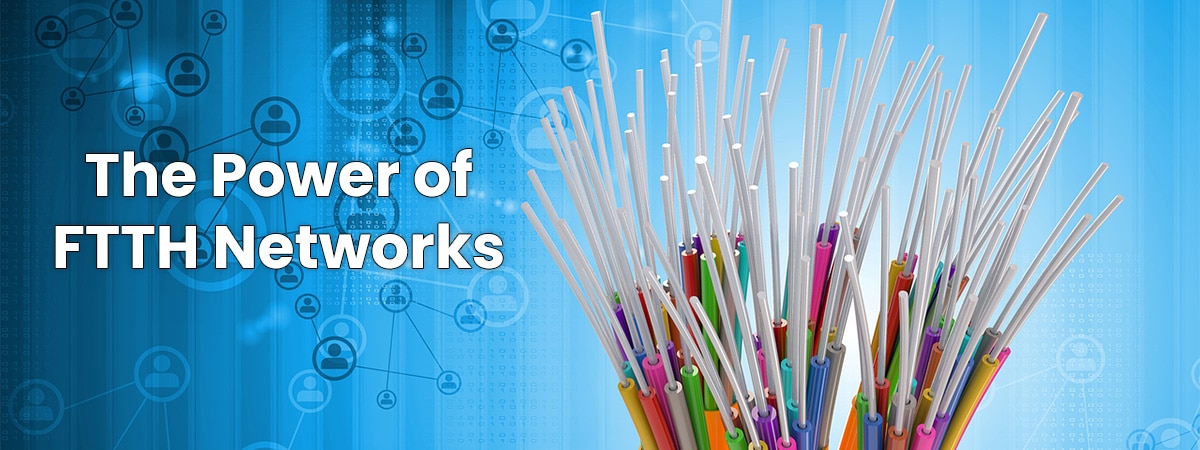
FTTH networks leverage fiber-optic technology, using strands of glass or plastic to transmit data via pulses of light. This technology is the key to their remarkable performance. Here’s how FTTH networks excel in providing multiple services:
- High Bandwidth: FTTH networks offer unparalleled bandwidth, capable of transmitting vast amounts of data at the speed of light. This high bandwidth is shared among various services without any noticeable loss in quality or speed.
- Low Latency: The speed at which data travels through fiber-optic cables results in exceptionally low latency. This is crucial for real-time applications such as online gaming and video conferencing.
- Stability and Reliability: Fiber optics are resistant to interference from electromagnetic signals, ensuring stable and reliable connections for services like telephone and internet.
Internet Services
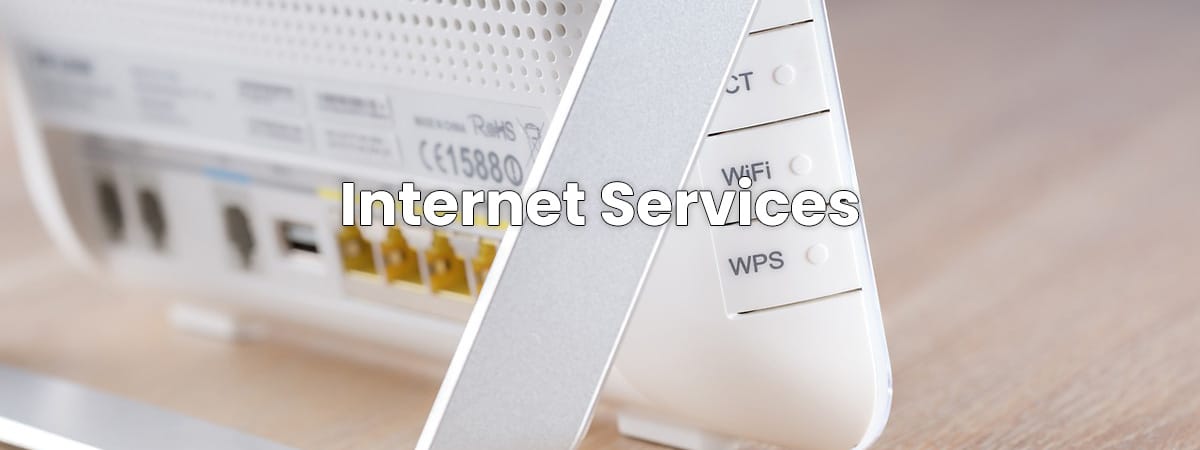
FTTH networks redefine the internet experience, offering lightning-fast speeds that are essential for today’s data-hungry world. Internet services over FTTH networks provide:
- Blazing Fast Downloads and Uploads: With symmetrical speeds, FTTH connections offer ultra-fast uploads and downloads, making large file transfers and video streaming a breeze.
- Seamless Video Streaming: HD, 4K, and even 8K video streams are delivered without buffering or quality degradation, ensuring a premium streaming experience.
- Online Gaming: Low latency and high-speed connections make online gaming more responsive and enjoyable, reducing lag and latency issues.
- Smooth Video Conferencing: Video conferencing and remote work benefit from crystal-clear video and audio quality, resulting in productive and efficient virtual meetings.
Television Services
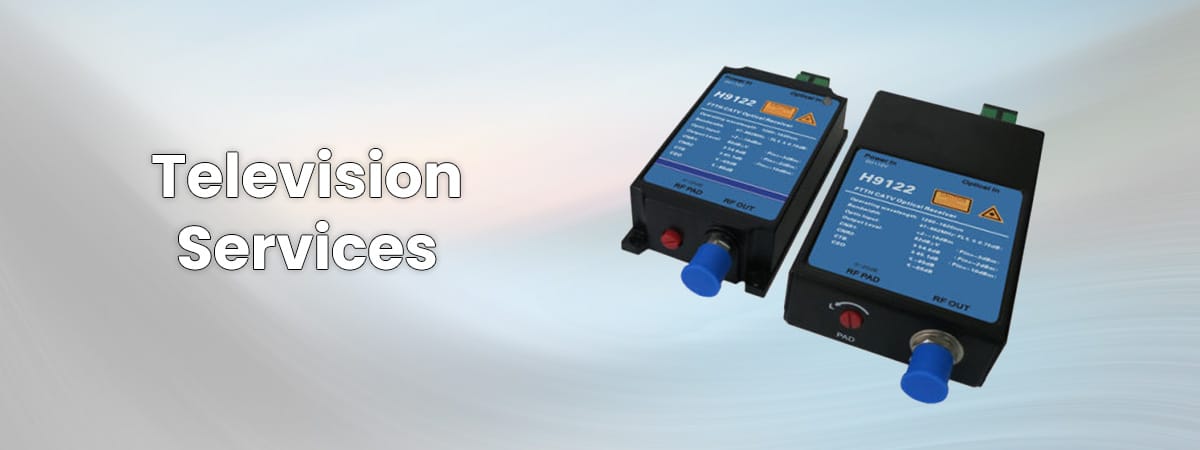
FTTH networks transform television services, providing a wide range of benefits to both service providers and consumers:
- High-Definition and 4K Content: FTTH networks support the seamless delivery of high-definition (HD) and 4K content, bringing a cinema-like experience to the living room.
- Interactive Features: Interactive TV features, such as on-demand content, interactive apps, and advanced program guides, enhance the user experience.
- Multi-Screen Viewing: Viewers can enjoy television content on multiple screens, including smart TVs, tablets, and smartphones, thanks to the robust network capabilities.
- No Signal Degradation: Unlike traditional cable or satellite connections, FTTH ensures that signal quality remains consistent, regardless of weather conditions or cable length.
Telephone Services
Telephone services over FTTH networks offer more than just voice calls. They provide:
- Crystal-Clear Voice Quality: FTTH networks deliver telephone calls with exceptional clarity, eliminating background noise and interference.
- Reliable Connections: The stability of fiber optics ensures that telephone services remain operational even during adverse conditions.
- Additional Features: FTTH telephone services often come with a host of additional features like call waiting, voicemail, caller ID, and three-way calling.
Cost-Efficiency and Scalability
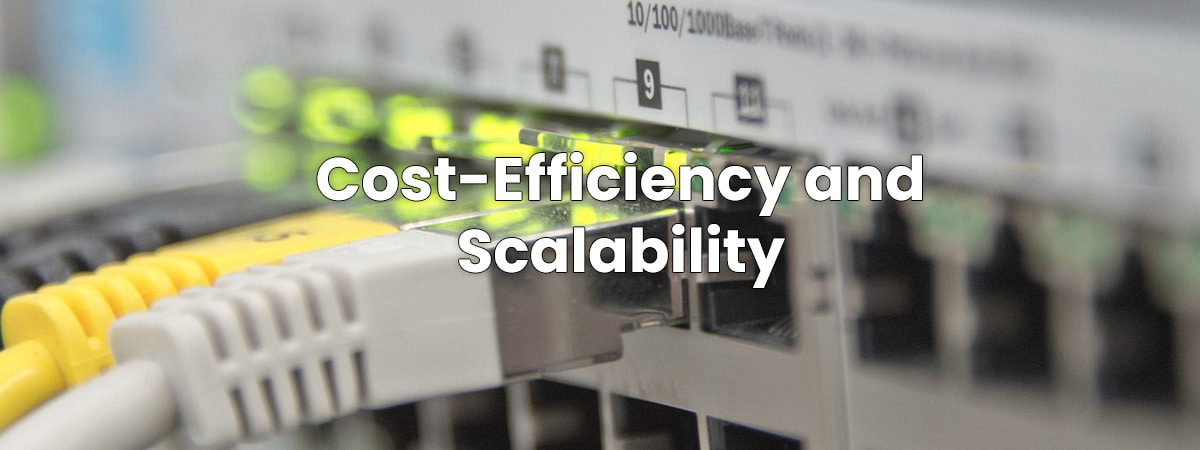
One of the remarkable aspects of FTTH networks is their cost-efficiency and scalability. These networks are highly cost-effective to install and maintain, particularly when compared to legacy copper-based infrastructure. This makes it feasible for service providers to expand their offerings in both urban and rural areas.
Moreover, FTTH networks are easily scalable. As the demand for bandwidth-hungry services grows, providers can simply upgrade their equipment to meet these needs without overhauling the entire infrastructure. This scalability future-proofs networks, ensuring that they can accommodate emerging technologies and services.
Conclusion
Fiber-to-the-Home (FTTH) networks stand at the forefront of modern telecommunications, seamlessly supporting internet, television, and telephone services simultaneously. These networks offer blazing-fast speeds, low latency, and unparalleled stability, resulting in an exceptional user experience. As the demand for high-quality, high-speed services continues to rise, FTTH networks are poised to play a pivotal role in meeting the evolving needs of consumers and businesses alike. They represent not only the present but also the future of multiservice connectivity, promising a world where performance and versatility coexist harmoniously.
